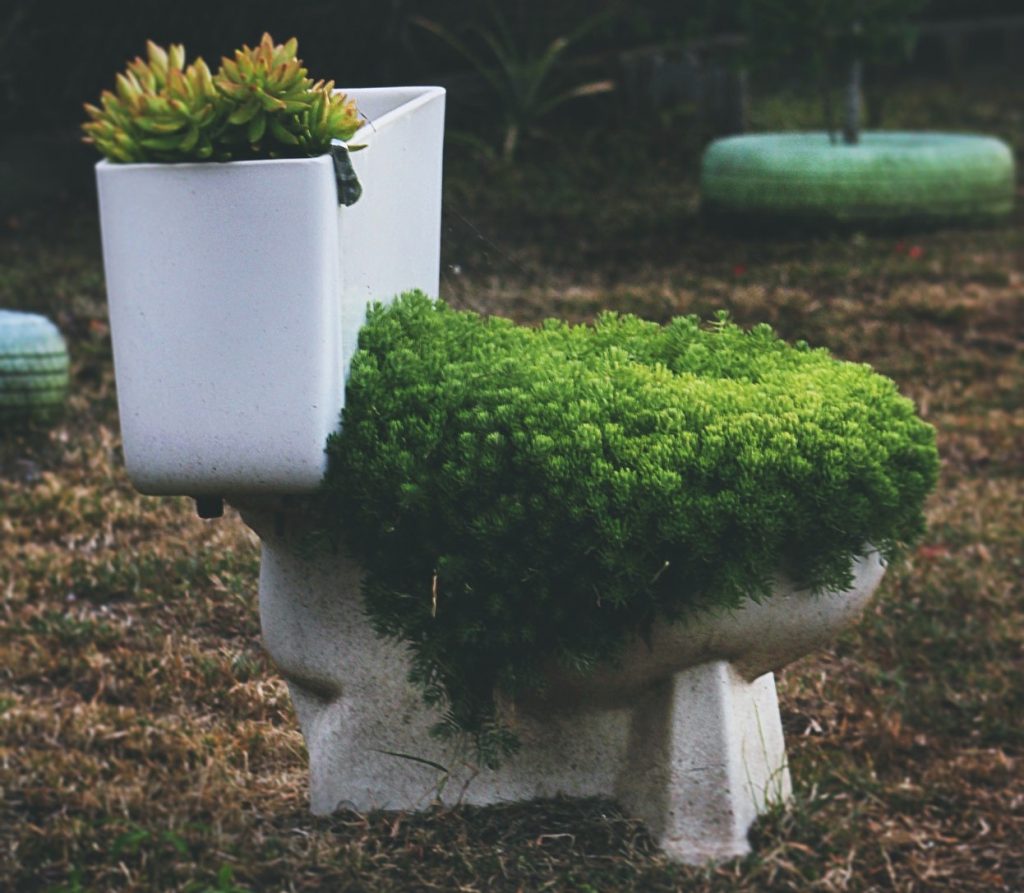Many people will raise an eyebrow after hearing that human waste is used to produce solid bricks. In Australia, biosolids are popular because they are sustainable alternatives to fired-clay building bricks. Naturally, human wastes (urine and feces) are toxic. So, manufacturers of biosolids (bricks) need to ensure basic safety standards. Let’s discover ways of converting a stockpile of biosolids waste into bricks.
 What are Biosolid Bricks?
What are Biosolid Bricks?
After treating sludge from sewage, leftover biosolids are recycled to form bricks. These bricks are different from the types with clay and concrete mixtures. In brickyards, biosolids from sterilized sewage are added to other material. The structural integrity (compaction) of these bricks depends on how much biosolids has been incorporated. Normally, the average mixture is between 10 to 25% of clay-biosolids. Apart from bricks, biosolids have many helpful uses in farming and land rehabilitation techniques.
What Are The Benefits Of Using Biosolids Bricks?
- As byproducts of the sewage treatment process, they are cost-effective to produce
- Biosolids bricks save the earth from losing over 2 billion cubic meters of clayey soil annually
- They are environmentally friendly
- These bricks are sustainable alternatives to clay bricks
- They can be recycled
- They are more porous than normal bricks
- You store them underground in landfills
- They have a very low thermal conductivity
- It requires less energy to fire bricks from biosolid wastes
- Can be converted into biomass renewable energy
What You Should Know About Biosolid Bricks
Keep your pipes clean so fecal matter and urine flow through sewer pipes after we flush the toilet and go with wastewater to treatment plants. In the plant, different techniques of filtration and treatments are applied. Then, the ‘biosolids’ are sieved from water, sterilized and used for many applications. By keeping your sewers cleared, you are already contributing to the production of biosolid bricks.
Apart from getting fertilizer and biogas from sludge, science proves that we can get biosolid bricks. Converting biosolid waste into solid bricks has been a breakthrough in the construction industry. Generally, biosolids are byproducts of sewage treatments. Regardless of the production process, the raw materials are often collected from sewage facilities. They are leftovers from our poop.
 In Australia, sewage treatment plants often send tons of waste products to landfills. However, Australia’s current biosolids production capacity (per annum) is 327,000 tones. During the production from human wastes, special additives help to create environmentally-friendly bricks.
In Australia, sewage treatment plants often send tons of waste products to landfills. However, Australia’s current biosolids production capacity (per annum) is 327,000 tones. During the production from human wastes, special additives help to create environmentally-friendly bricks.
Usually, the sewage in treatment plants drains of water from sludge, and treat the byproducts. Brick manufacturers use less-firing energy to dry the byproducts. This process doesn’t produce much carbon footprint. Also, brickyards for biosolids are often close to sewage treatment plants. The reason for this proximity is to reduce emissions of carbon during transportation.
After baking the dry biosolid materials, they appear like rock-solid clay bricks without concrete. According to researchers from RMIT University (Melbourne), the chemical analysis of biosolids shows trapped bubbles of gas. During the experiment, bricks with 25% biosolid materials had low thermal conductivity. This thermal property makes biosolid bricks a better insulator than clay. Consequently, homes with biosolid bricks conserve more heat in the winter months.
Is It Safe To Use Biosolid Bricks?
People are producing biosolid bricks with different mixing ratios. Normally, it’s the percentage of the biosolid content that determines the strength of these bricks. Since they are more porous than regular bricks, homeowners can save money on heating. The treatment processes in sewage plants make it safe to use biosolid bricks. However, stockpiling biosolid bricks in landfills and soil excavation for brick production are two major environmental risks. Perhaps, it will be easy to mitigate these risks with the recycling of biosolids in the future.
